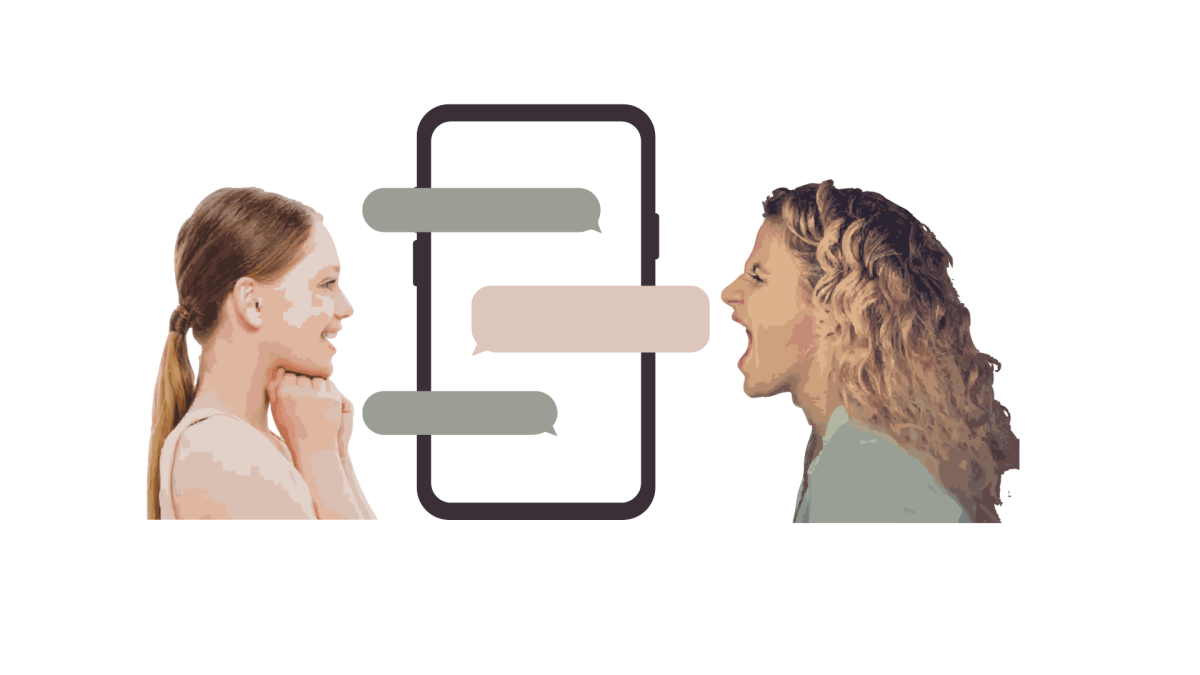When it comes to what’s inside the iPhone 13 and 14, the average student won’t be able to recognize the difference between an A15 and A16 chip, a main difference Apple emphasized in their ads. Yet, students still buy the new phone for these improved features that aren’t really that different.
Students often drop and break their iPhones, which calls for a replacement. When looking at options for phones, Apple has provided plenty over the years. Apple just recently released its iPhone 14 on September 16, one year after the release of the iPhone 13. The starting price for the regular iPhone 14 is $799, while the starting price for the 13 model is $699. However, the starting price for an older iPhone, like the 12, is only $599. The cost of these newer phones are not within most student’s budgets, but Apple gives a reason for this high price tag.
In an advertisement, Apple claims that they added a new A16 Bionic chip, more safety features and new display technology to the iPhone 14. Part of this technology is an upgrade to a 120-hertz refresh rate, which means that the screen refreshes 120 times per second. In short, these changes result in a more efficient battery, the ability to make emergency calls without data and better-quality video and pictures. Senior Trevor Buettgen, who owns the new iPhone, is already beginning to notice several of its unique features.
“I think the biggest difference I’ve noticed is either within the display’s 120-hertz refresh rate and having the larger battery life,” Buettgen said. “That’s definitely the two biggest features I’ve noticed. I’ve really been happy with the choice. It’s a lot faster, and the battery lasts way, way longer.”
The iPhone 13 is also a significant upgrade from the iPhone 12, boasting a faster chip and higher-performance display. Freshman Ashad Sarran recently upgraded his Samsung phone to an iPhone 13, and he is already noticing the convenience that comes with owning an Apple iPhone. The biggest differences between the two phones that he noticed were not the features Apple upgraded specifically for that model. Instead, he pointed out many features that were already added from previous iPhones.
“It’s a lot easier to call people than it was to do so with Samsung,” Sarran said. “It also has a better camera and a way better battery life. I also like the Face ID because it is a lot easier to just use your face instead of putting in a password every time.”
To some students, the camera and a better battery are important, but they would also like to see other improvements, whether it be
something simple like having more storage or more specific like a new and improved finger-print sensor as an alternative for the Face ID.
Also, not all of the changes that Apple makes to their iPhones 13 and 14 are as important as other features like Face ID or Siri but they make navigating the iPhone more convenient. Buettgen possesses these feelings for the iPhone 14’s new dynamic island feature.
“I don’t know if the inclusion of that dynamic island was totally necessary,” Buettgen said. “But I think I actually like it a lot. I think
it’s really useful for switching between apps and just keeping track of things.”
Many recent iPhone models have included large upgrades to the camera. The new iPhones introduced improvements in depth, shadow, detail, color and focus in photos. The iPhone 13 also introduced cinematic mode.
“I’ve seen videos on newer iPhones and it’s very good,” Freshman Linden Smith said. “It is a very high-quality camera. It’s really cool that they can use such a compact space to hold such a good camera. It’s my most used feature of my phone.” Smith and Sarran both agree that they would upgrade to the iPhone 14 if given the opportunity, and Buettgen is content with his purchase. According to these students, the new features Apple has included in their iPhone 14 are worth the extra $100.
















